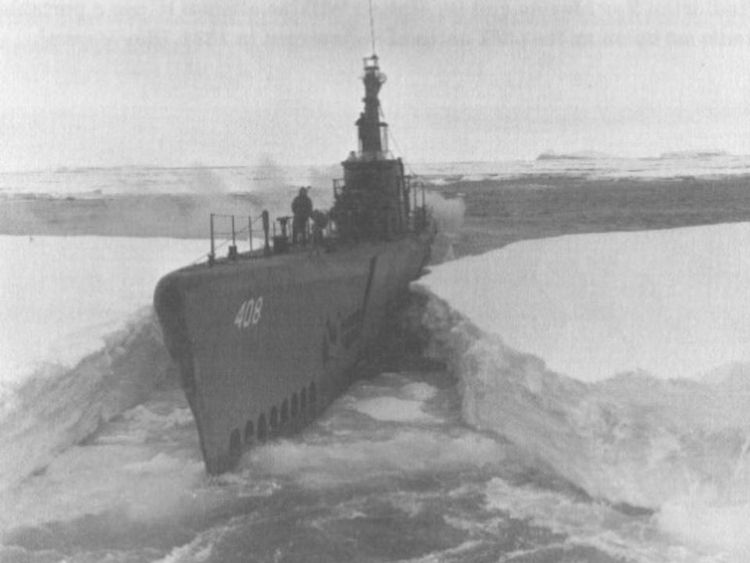Government archives hold a wealth of historical records, some of which remain classified for decades before being released to the public. These newly declassified images provide a fascinating glimpse into key moments of scientific discovery, military history, and national security operations. While once restricted from public view, they now serve as valuable insights into past events.
Operation Ivy: A Landmark in Nuclear Testing

Following World War II, the United States conducted a series of thermonuclear tests to advance its nuclear capabilities. One of the most significant tests, known as Operation Ivy, took place on the island of Elugelab in the Marshall Islands. This image captures the detonation of Ivy Mike on November 1, 1952, the first full-scale test of a hydrogen bomb, marking a pivotal moment in nuclear research.
The Original Vision for Mount Rushmore

The Mount Rushmore National Memorial is an iconic American landmark, but its final form differs from the original design envisioned by sculptor Gutzon Borglum. As seen in this model, the initial concept included more detailed carvings beyond just the presidential heads. However, funding limitations led to the project being halted, leaving behind the famous monument as it stands today.
Cold War Chemical Weapons Storage

During the Cold War, military stockpiles of chemical weapons were a closely guarded secret. This image from the 1960s shows Soviet scientists in protective suits inside a chemical weapons facility. At a time of heightened global tensions, both the United States and the Soviet Union were engaged in research and stockpiling of various defense technologies.
FAST: The World’s Largest Radio Telescope

The Five-Hundred-Meter Aperture Spherical Telescope (FAST), located in southwest China, is the largest filled-aperture radio telescope in the world. Completed in 2020, FAST detects radio signals from deep space, helping scientists study distant galaxies and celestial phenomena. Its capabilities allow researchers to explore the universe in ways that were previously unimaginable.
The Fat Man: A Historical Artifact from WWII

This photograph captures “The Fat Man,” the nuclear bomb dropped on Nagasaki on August 9, 1945. As one of only two nuclear weapons used in wartime, its historical significance remains profound. Understanding these events helps inform discussions on global security and the ongoing efforts to prevent future conflicts
Cheyenne Mountain Complex: A Strategic Defense Facility

Nestled within the Rocky Mountains, the Cheyenne Mountain Complex serves as a highly secure military installation. Built during the Cold War, it was designed to withstand external threats and remains a critical component of U.S. defense operations. While much about its current role is classified, it continues to play a significant part in national security.
Government Reports on Aerial Phenomena

Throughout history, official reports have documented sightings of unidentified aerial objects. This 1963 government record details an observation over the Nevada desert. While many such incidents remain unexplained, they contribute to ongoing scientific inquiry and research into aerial and atmospheric phenomena.
Operation Highjump: Antarctic Exploration

In 1946, the U.S. launched Operation Highjump, an Antarctic expedition aimed at establishing a research base and training personnel for extreme conditions. This mission provided valuable information about the Antarctic environment and played a role in expanding American presence in the region.
Johnston Atoll: A Former Military Base Turned Wildlife Refuge

Located in the Pacific, Johnston Atoll has a complex history, having served as a naval refueling depot, missile testing site, and chemical weapons storage facility. Today, the atoll is closed to the public and operates as a national wildlife refuge, highlighting its transition from a military installation to a protected ecological site.
These declassified images offer a compelling look into historical events and developments that were once hidden from public view. As more records are released, they continue to provide valuable perspectives on the past, deepening our understanding of global history and scientific progress.











